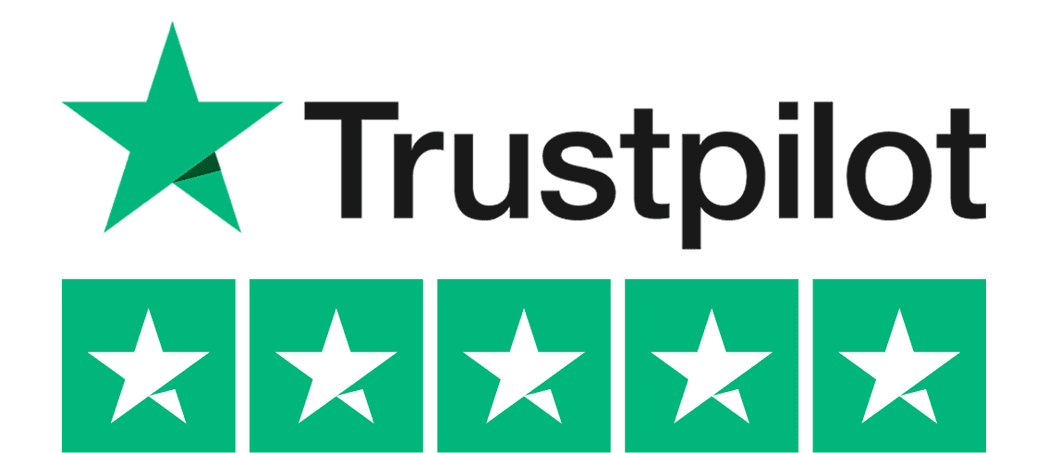3D printing service bulk
Our customers say Excellent
4.6 out of 5 based on 100+ reviews View here!
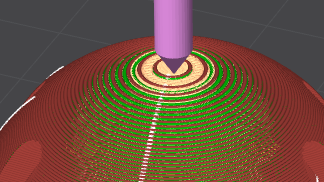
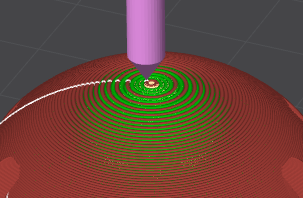
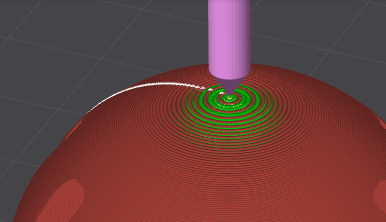

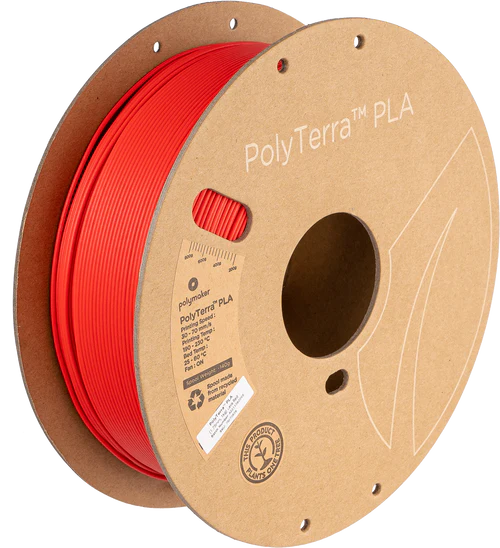
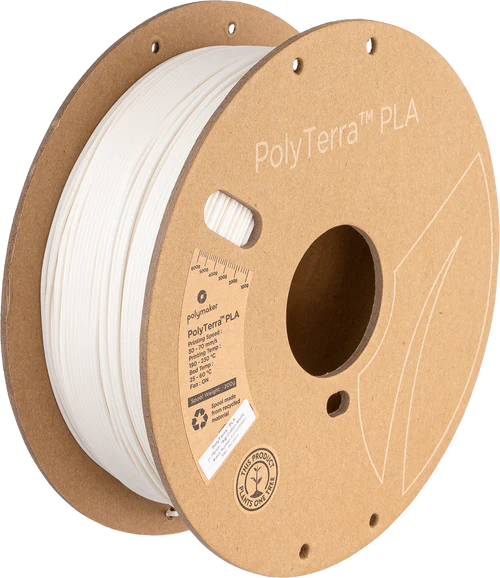
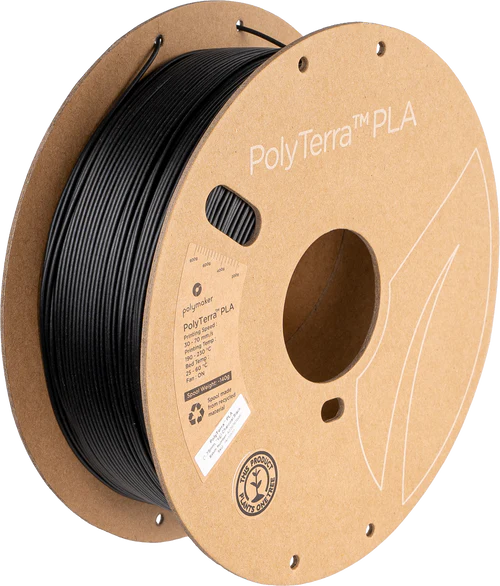
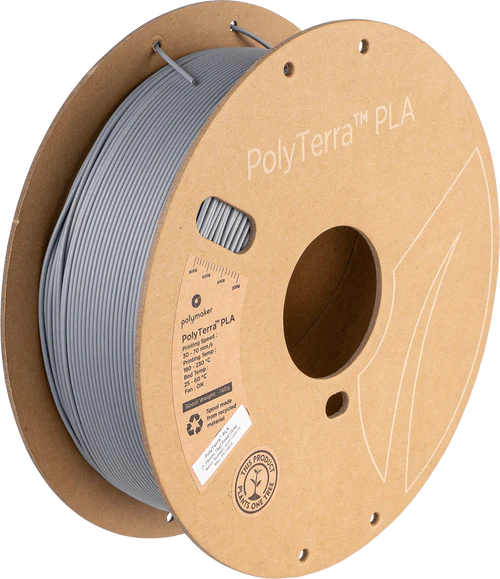
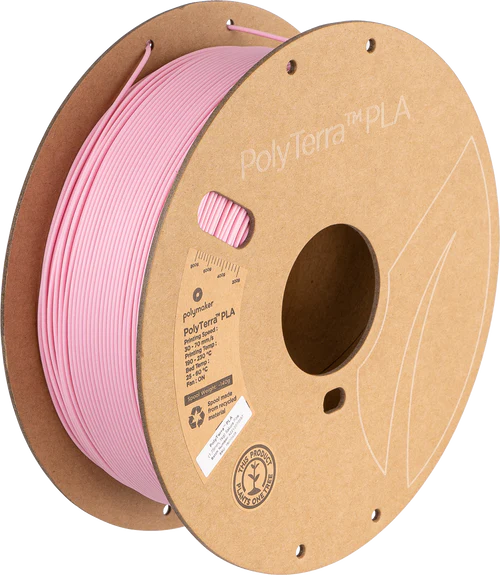
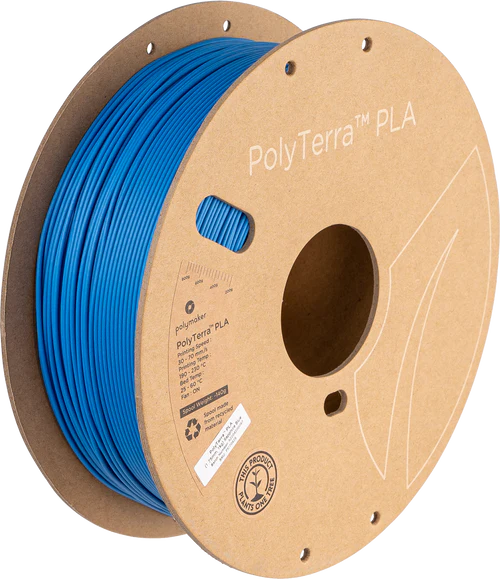
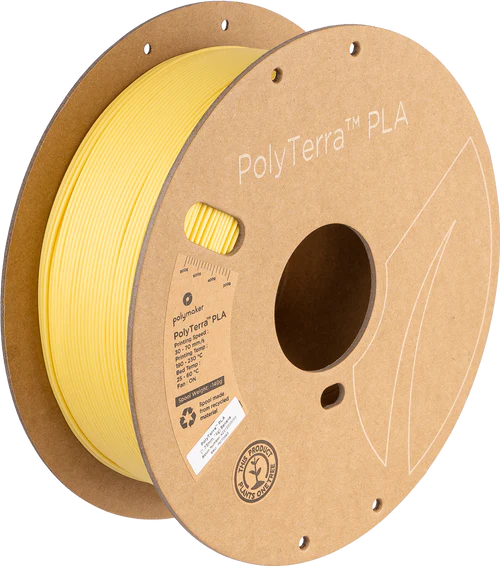
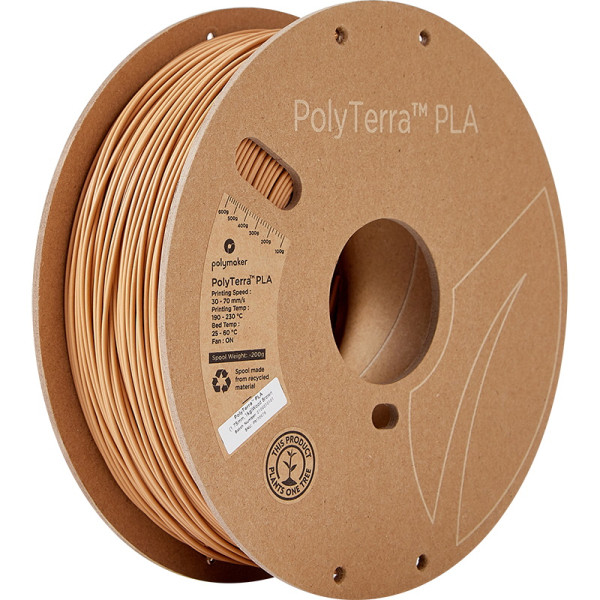


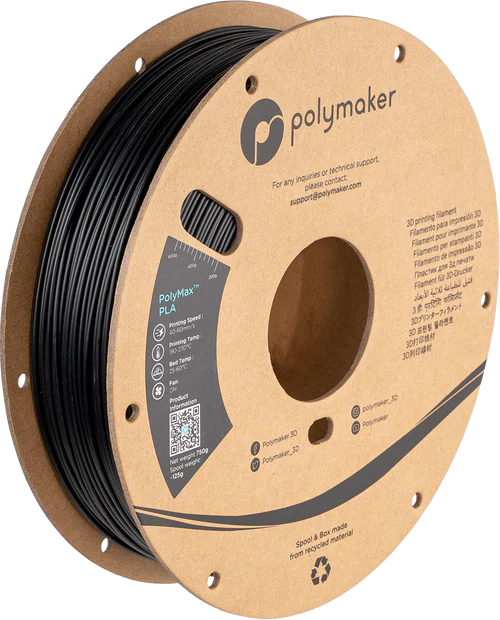

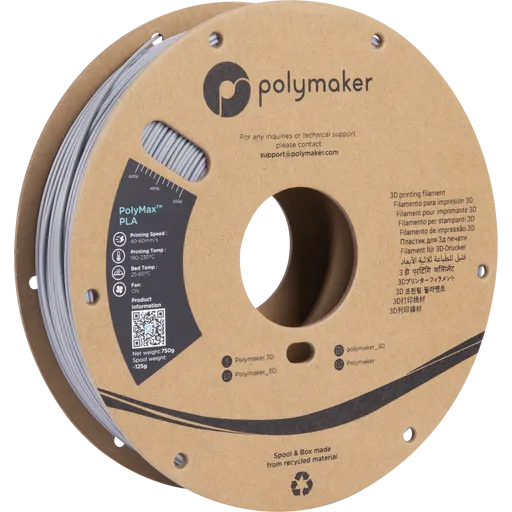

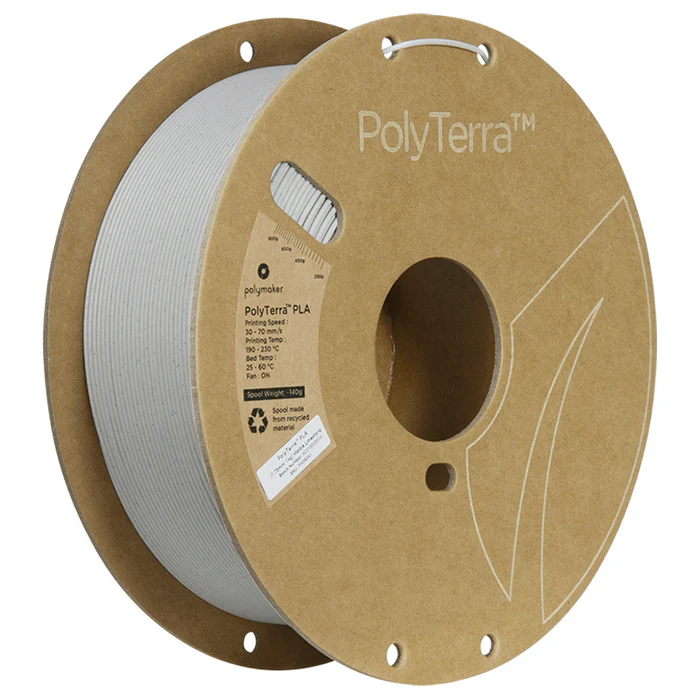

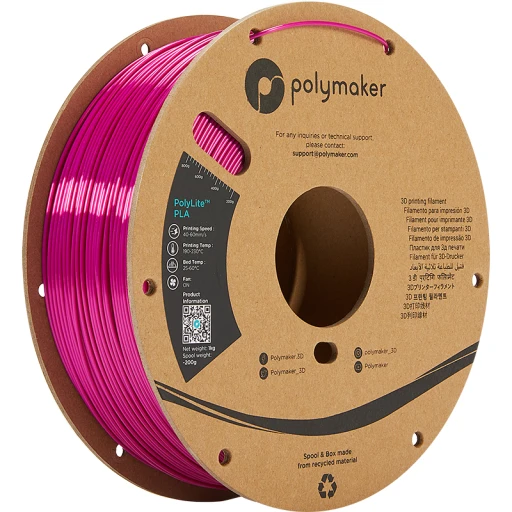
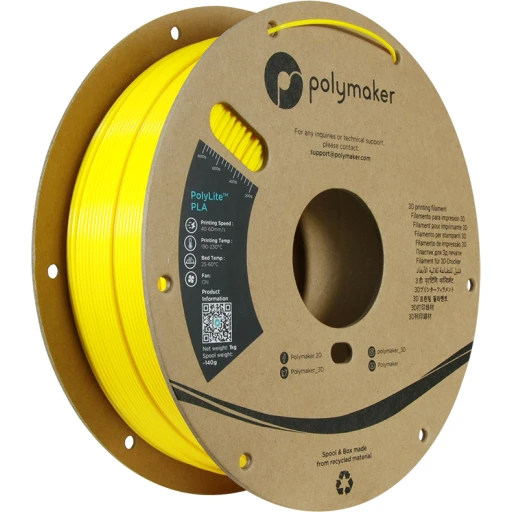




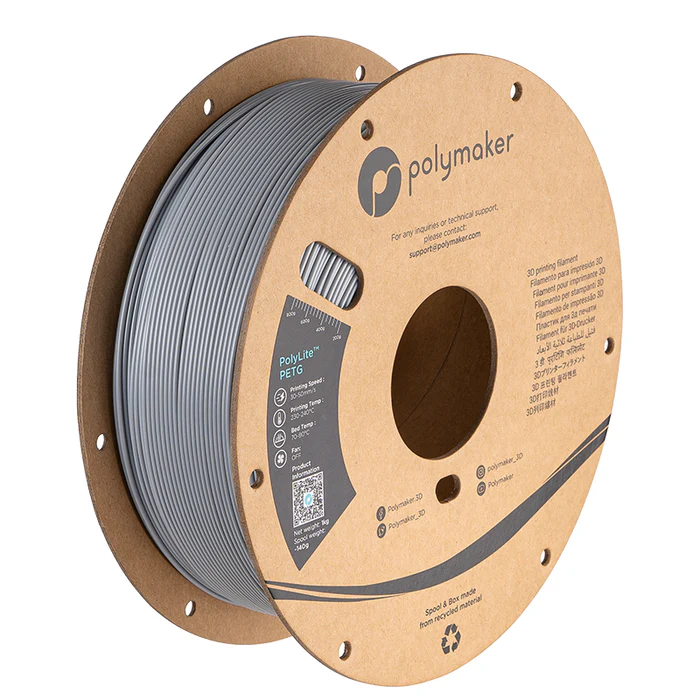
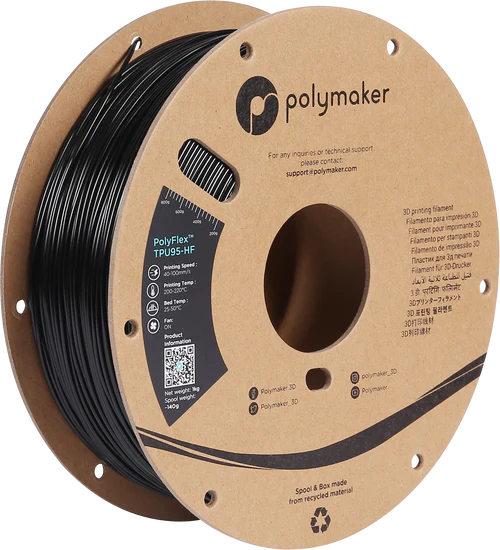
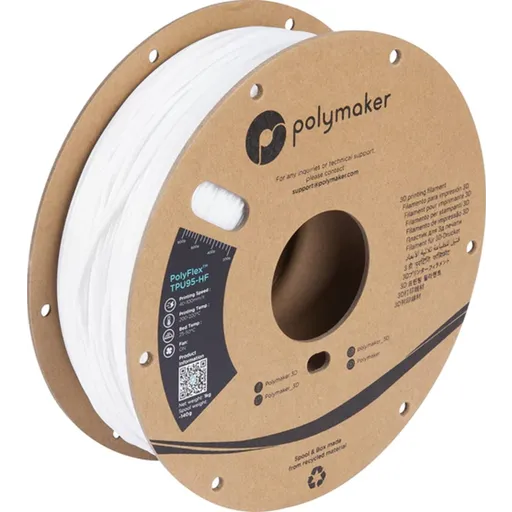
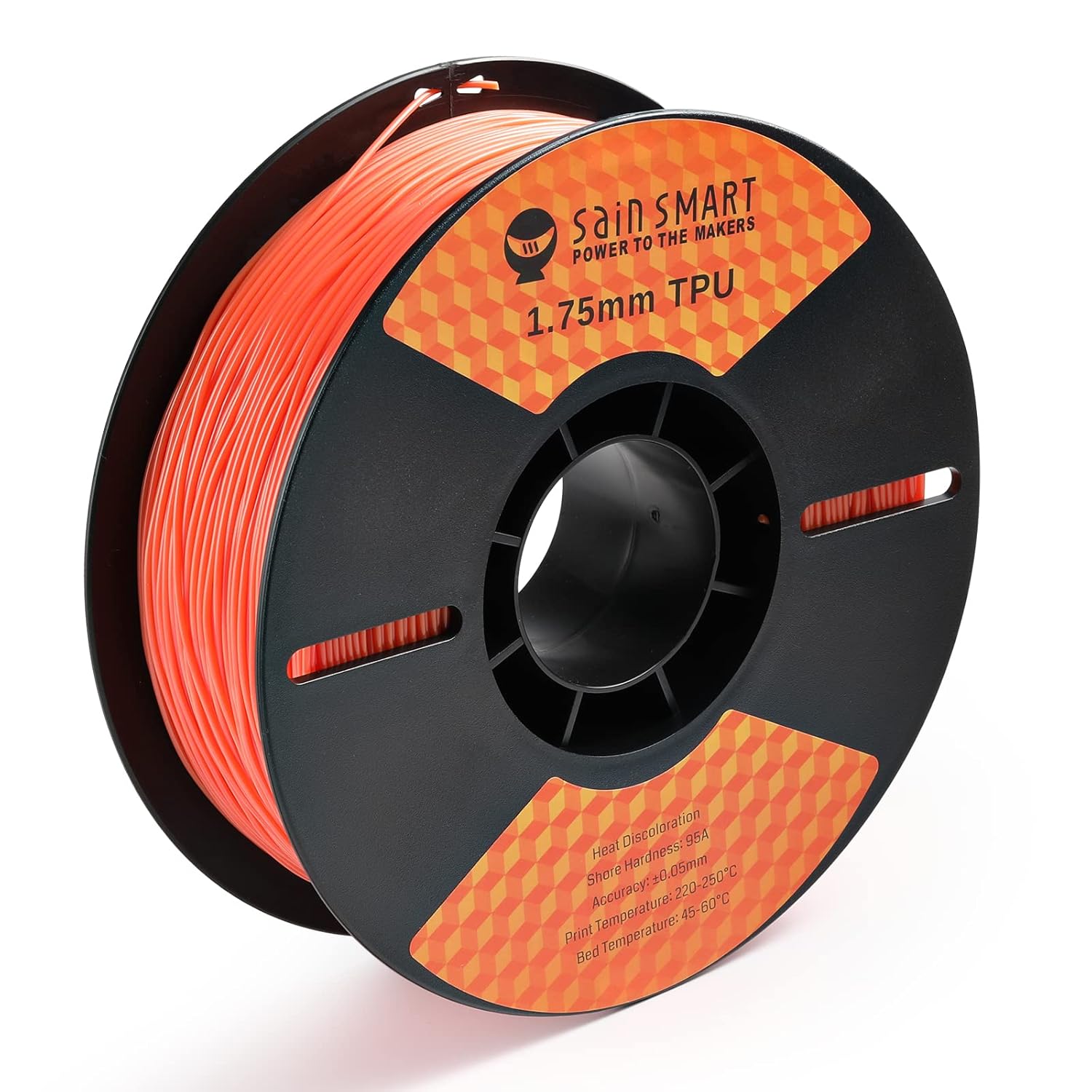
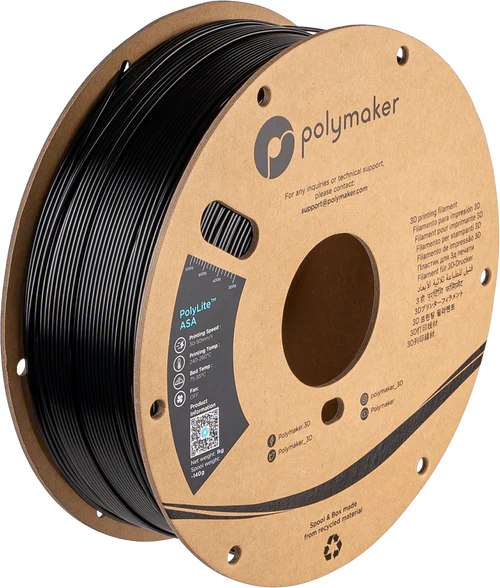
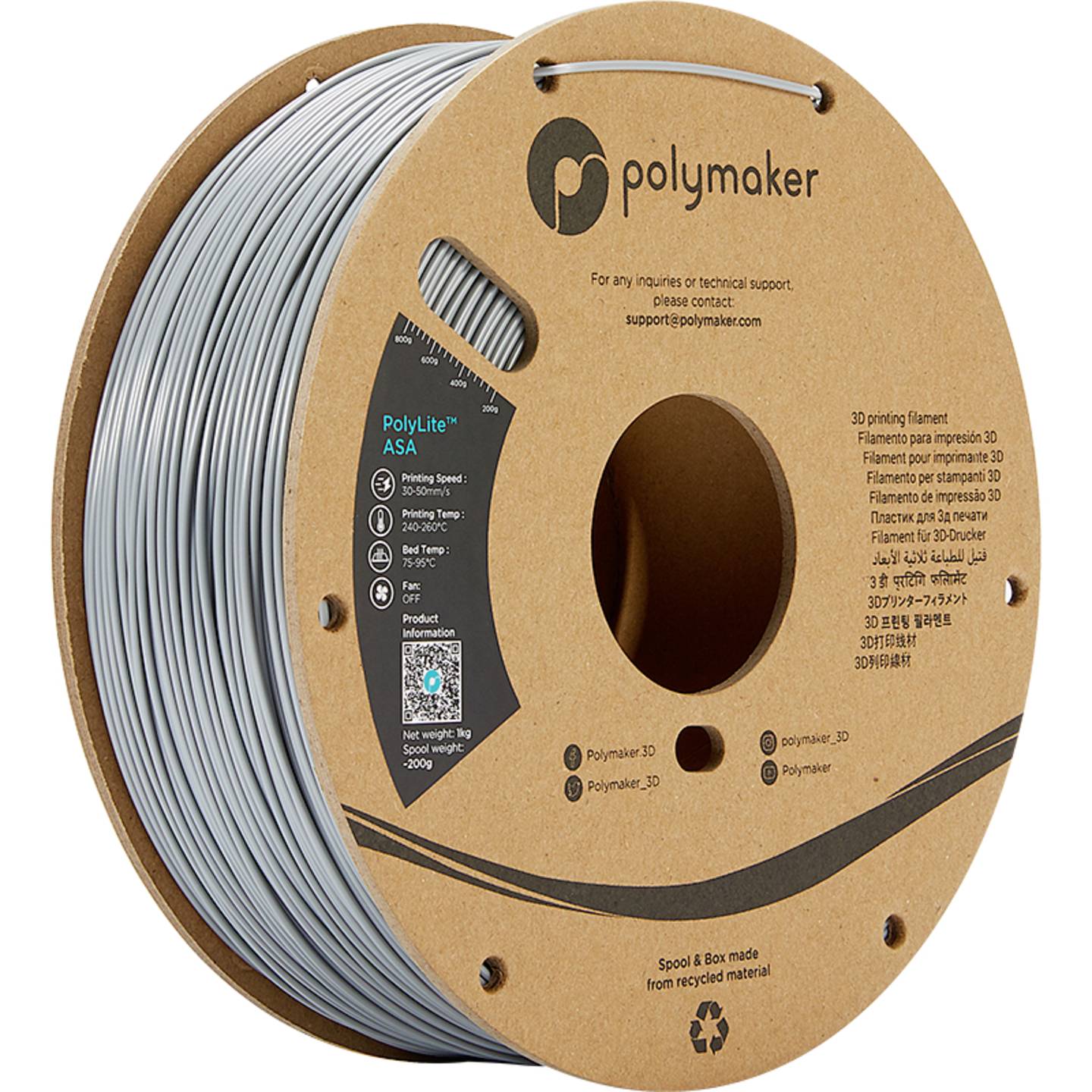
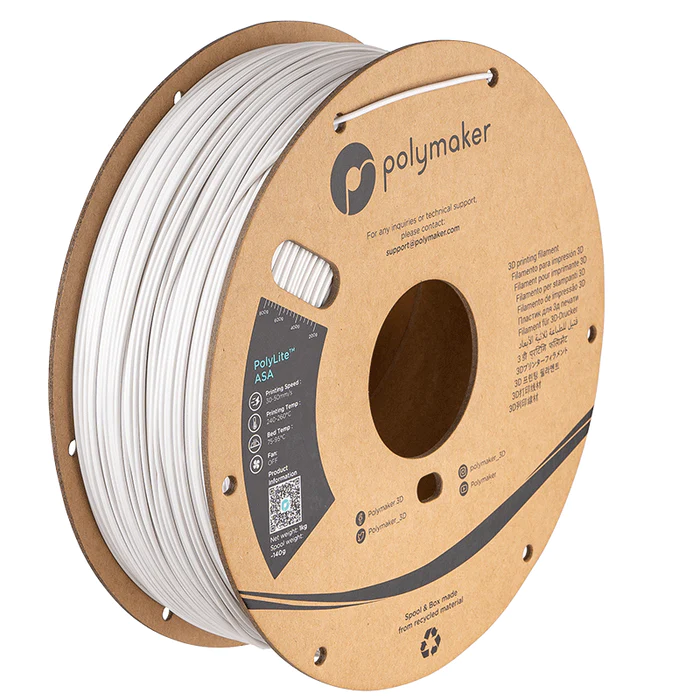

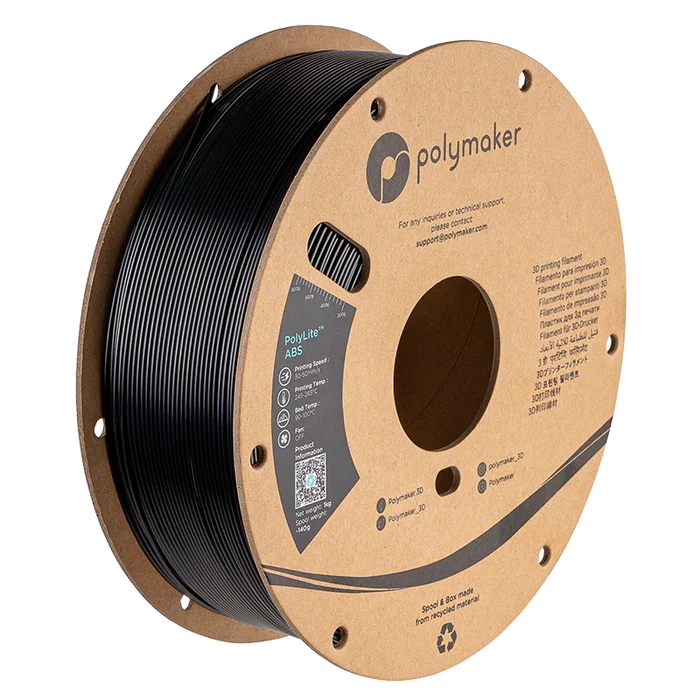
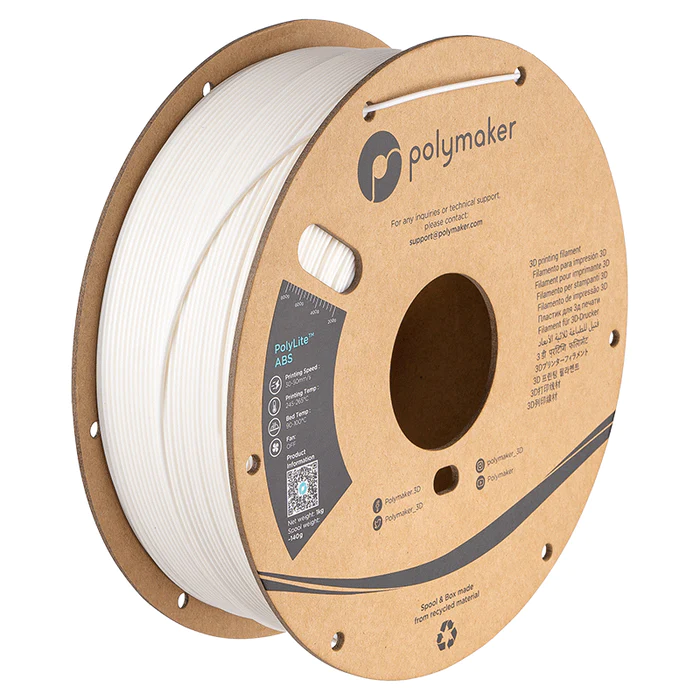

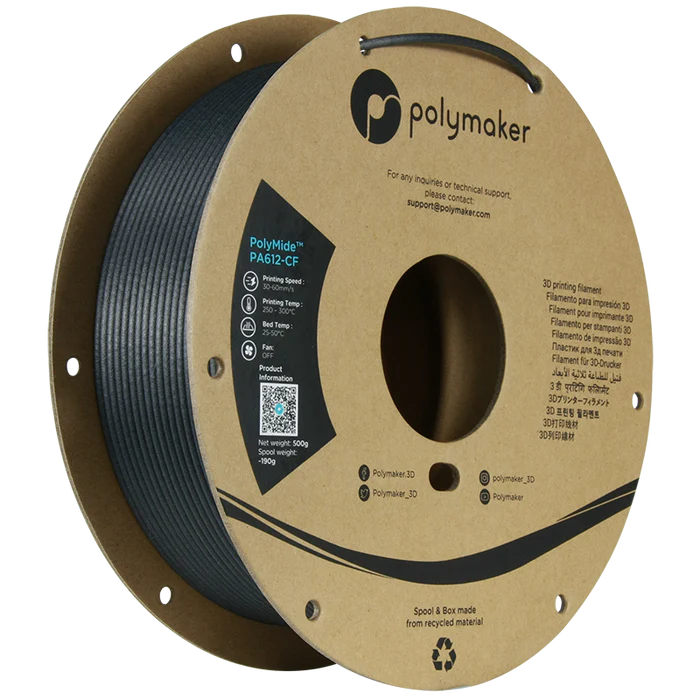
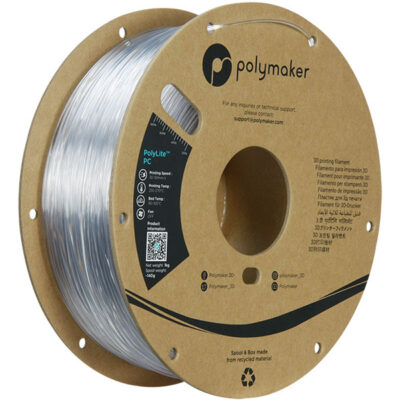
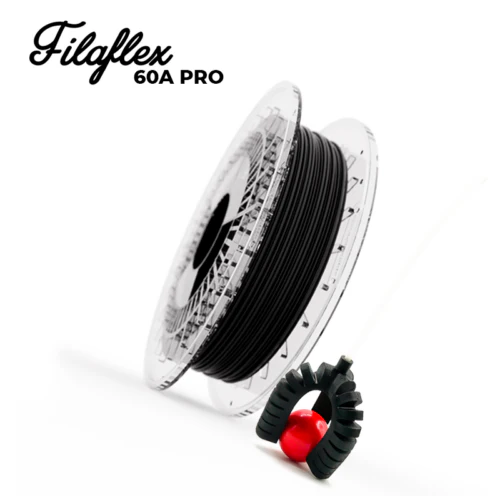
- If you want to have multiple products printed at once, go to 3D printing service bulk;
- Want to know more about 3D printing, how does 3D printing work?
- Turnaround time for 3D printing is approximately 2-5 business days, depending on the models to be printed and the current queue. If you’d like to know how long printing takes, just ask in the comments;
- No shipping costs from 29 euros in the Netherlands and 49 euros worldwide;
- Through the configurator, upload your files. We accept: stl, obj, png, step;
- When the order is ready, you will receive a track and trace, and we will send it.
In 3D printing, “fill” (infill) refers to the internal grid or pattern inside an object that helps provide structure and strength without making it completely solid. This saves material and reduces printing time while maintaining the required strength. The choice of filling depends on the intended use of the printed object:
-
Low Percentage (10-20%): Suitable for decorative objects that will not bear significant loads. Saves time and materials.
-
Average Percentage (20-50%): Provides a good balance between strength and material use. Ideal for functional parts that must withstand some load.
-
High Percentage (50-100%): For objects requiring maximum strength and durability. Consumes more material and extends printing time, but is necessary for parts under high stress.
Before choosing the right material, it is important to consider the purpose of the object.
- PLA: Ideal for prototypes and decorative objects, easy to use, but limited in strength and heat resistance.
- PLA Extra Strong: Provides more strength than standard PLA, suitable for objects that require more load.
- PLA Silk: For objects with a silky, glossy finish; aesthetically pleasing but comparable in strength to standard PLA.
- PETG: Strong, durable, and flexible, resists chemicals and heat, good for functional parts.
- TPU: Highly flexible and elastic, ideal for parts that need to bend, such as phone cases.
- ASA: Similar to ABS but with better UV and weather resistance, suitable for outdoor use.
- ABS: Strong and heat resistant, perfect for functional parts that withstand loads, requires a heated print bed.
- PA-CF (Nylon): Combines high temperature and chemical resistance with exceptional mechanical resilience and excellent dimensional stability. The nature of the fibers ensures that the parts remain very strong and extremely rigid.
The choice depends on the requirements of your project, such as strength, flexibility, finish and exposure to environmental factors.
WIl you want to know more about padding or material choices, check out our
material selection guide.
3D On Demand’s printing service works in the following way:
-
Customers send their design to 3D On Demand, in the form of a digital 3D model file. Through one of the configurators.
-
3D-Demand evaluates the design for feasibility and, if necessary, optimizes it for production using 3D printing technology.
-
The product is printed on one of 3D-Demand’s advanced 3D printers, which builds the object layer by layer according to the design.
-
After the product is printed, it is thoroughly checked for accuracy, quality and appearance. If necessary, it is further processed or polished.
- A track and trace will be sent
-
The finished product is shipped to the customer or made available for pickup.
3D-Demand’s printing service offers a fast, efficient and affordable way to produce 3D products, from prototypes to production parts. The company has extensive experience and knowledge in the field of 3D printing, which means customers have the assurance of high-quality service.
We use the graduated rates below, if you want to print large objects we can also provide a custom quote.
| Number of pieces Order | Discount on order |
|---|---|
| 3 | 5% |
| 10 | 10% |
| 25 | 15% |
| 50 | 20% |
| 100 | 25% |
| 250 | 35% |

